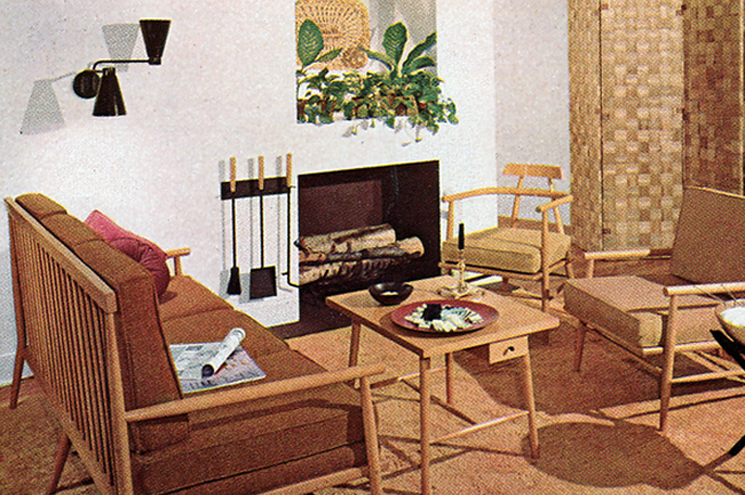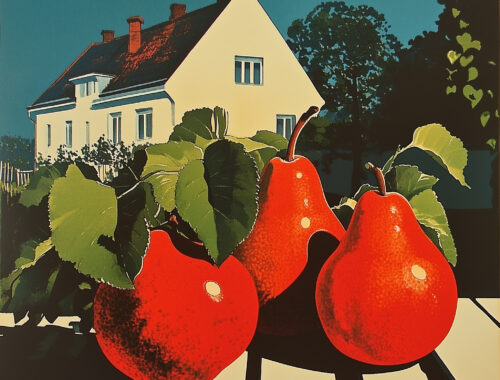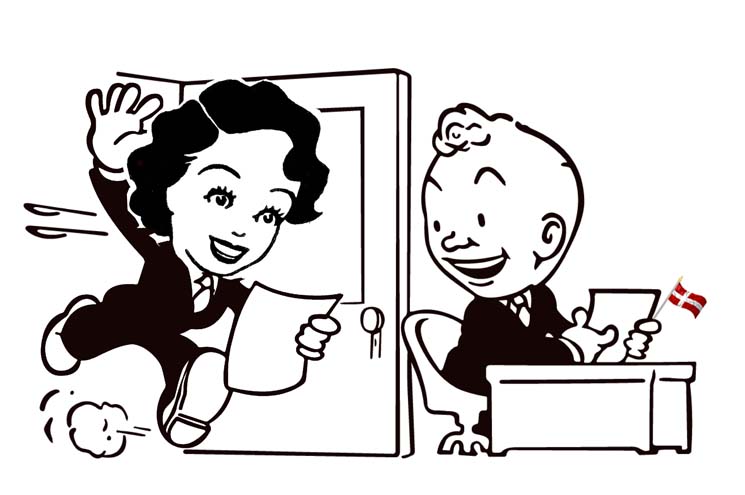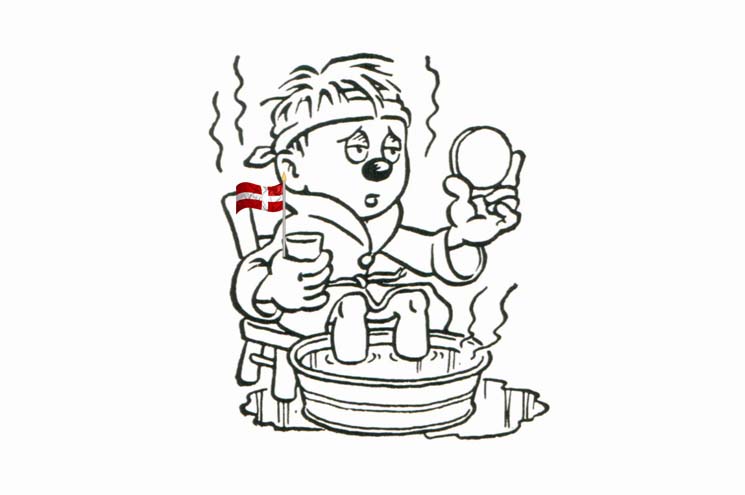When I first visited Denmark, back in my Eurail pass days, I didn’t like it much. Copenhagen was very different in those days: less prosperous, less open, less social.
There were few cafés then, and I had a lot of trouble finding something to eat. I walked and walked and ended up in the coffee shop at the SAS Radisson Hotel, a big 1970s concrete block on Amager.
Anyway, I took only one picture that day, and it was of a toilet at the hotel. It was the most beautifully designed toilet I had ever seen. All round, streamlined corners. It looked like a cross between an egg and a spaceship. I was really impressed. I took a picture.
I didn’t know it then, but I’d just seen my first example of local Danish design.
Giant pieces of furniture
Danes are passionate about design, and they really believe in making everything that is useful also beautiful, even a toilet. After living here a while, you just come to expect it.
What we think of now as Danish design – light, curvy, with a sense of humor – originated after the Second World War. Before that, Danish furniture was heavy, dark, and ponderous. Lots of dark wood, sometimes carved with little figures of cows or farmers.
When you visit your Danish friends, you may notice giant pieces of furniture taking up a lot of space in their small urban apartments. These are usually heirlooms from grandparents, mementos of past designs that no one quite has the heart to throw out.
Plates too fancy to eat on
Another type of Grandparent Danish design is the hand-painted blue and white Christmas plate popularized by Royal Copenhagen; there’s a special one made for each birth year, a common gift to children. The plates are too fancy to be used for eating, so they’re usually hung up on the wall instead.
Grandparents and great-grandparents also like teeny-weeny fancy crystal glasses, for drinking shots of Gammel Dansk bitter liquor, sometimes for breakfast.
And they like porcelain hand-painted figurines of clowns or pretty dancing girls or puppies or rosy-cheeked shepherds.
If you like that stuff too, second-hand shops in Denmark have plenty to sell you.
Designer furniture, not clothes
But anyway, that’s old Danish design. New Danish design is minimalist, white, and empty.
And there are a few standard elements that show Danish society you have a well-designed home. An Arne Jacobsen chair, for example: the Ant, or the Egg, or the Swan. A PH Lamp, which looks kind of like a metal upside-down wedding cake. A Rosendahl water jug. A silver Georg Jensen fruit bowl. A Kay Bojesen wooden monkey.
It’s almost like a deck of cards – I’ve got two swans, an egg, and a monkey. It’s a full house!
Ironically, Danes don’t care all that much about designer names when it comes to clothes and handbags. I can’t remember the last time I saw a Louis Vuitton bag carried in Copenhagen.
But when it comes to home design, it’s all about the brand name classics. Even people in their 20s may carefully save their money to have a classic original lamp or vase. And if you give a Dane a choice of fixing up his wardrobe or fixing up his kitchen, and he’ll pick the kitchen, every time.
That said, it can be dangerous to have these expensive design items in your home. Thieves target them. Criminal gangs go through the real estate ads to see which houses for sale have expensive designer furniture, and then break in.
When I worked at Carlsberg, a Fortune 500 company, someone broke into the headquarters over the weekend – and stole nothing but six Swan chairs in the lobby.
Buy Kay’s books about Denmark on Amazon, Saxo, Google Books, Apple Books, Barnes & Noble Nook, or via our webshop.
Image mashup copyright Kay Xander Mellish 2025
Read also:
Danish political parties: ‘Left’ is not leftist, and other tips for voting in Denmark
Danish music
Danish sports: Big handballs and lonely ping-pong players





